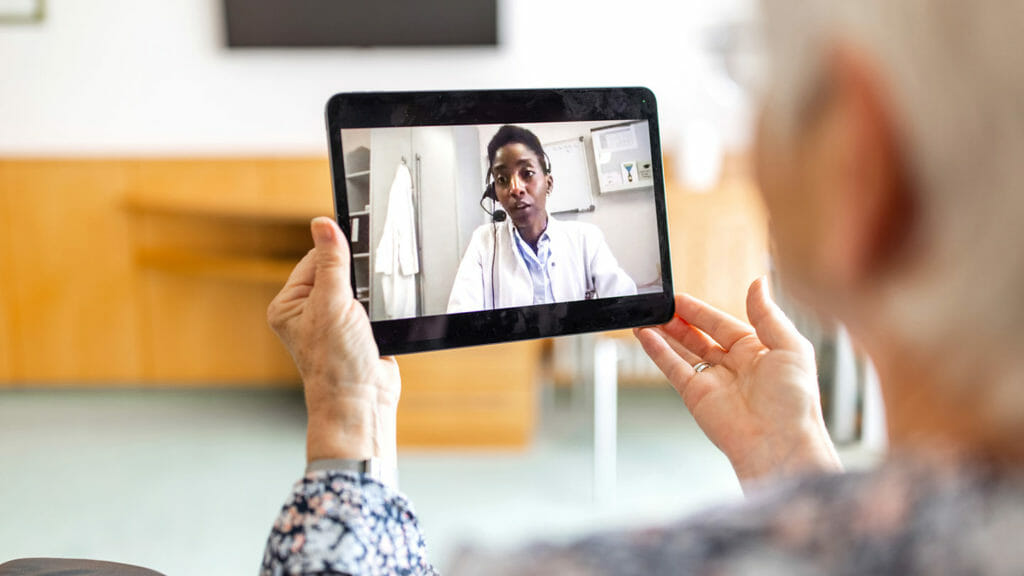
The use of telehealth programs for stroke patients in rural areas, where access to in-person specialists could be difficult, makes a huge difference in receiving faster, life-saving diagnoses, a new report finds.
With stroke deaths disturbingly on the rise, the ability to shorten what is described as the “door-to-needle” time for possible stroke victims is crucial.
The referenced telehealth option, referred to as a “telestroke” program, comes from the Essentia Health system, which serves patients in Minnesota, North Dakota and Wisconsin.
Examining data since Essentia’s telestroke inception in 2019, more patients than before were able to receive thrombolytic drug therapy treatment within an hour of symptoms, and the “door-to-needle” time period for patients decreased by 20 minutes.
“Our telestroke program has shown promising results in the timely treatment of stroke for rural patients and has the potential to significantly improve stroke survival rates and poststroke outcomes,” the study authors stated. “The COVID-19 pandemic resulted in rapid growth of telehealth, and telehealth is anticipated to become more prevalent and an accepted standard treatment modality in healthcare.”
Almost 800,000 Americans have a stroke event annually, the report states, with a death occurring every 3.5 minutes.
Although the sample size was small, the percentage of patients receiving thrombolytic therapy in the years before and after Essentia implemented their program increased from 73% to 92%, the researchers stated.
The larger data set indicates that rural patients are at greater risk of dying from stroke; patients in cities or towns with fewer than 10,000 people had 20% higher mortality rates than those in a city with 100,000 or more residents.
More broadly, telehealth’s ability to overcome limitations around transportation or foster multidisciplinary care could be a major benefit to all stroke patients, a study from earlier this year suggested. That report cautioned that telehealth options still depend on reliable Wi-Fi access.
Essentia’s findings were published in the October edition of the journal Critical Care Nurse.


